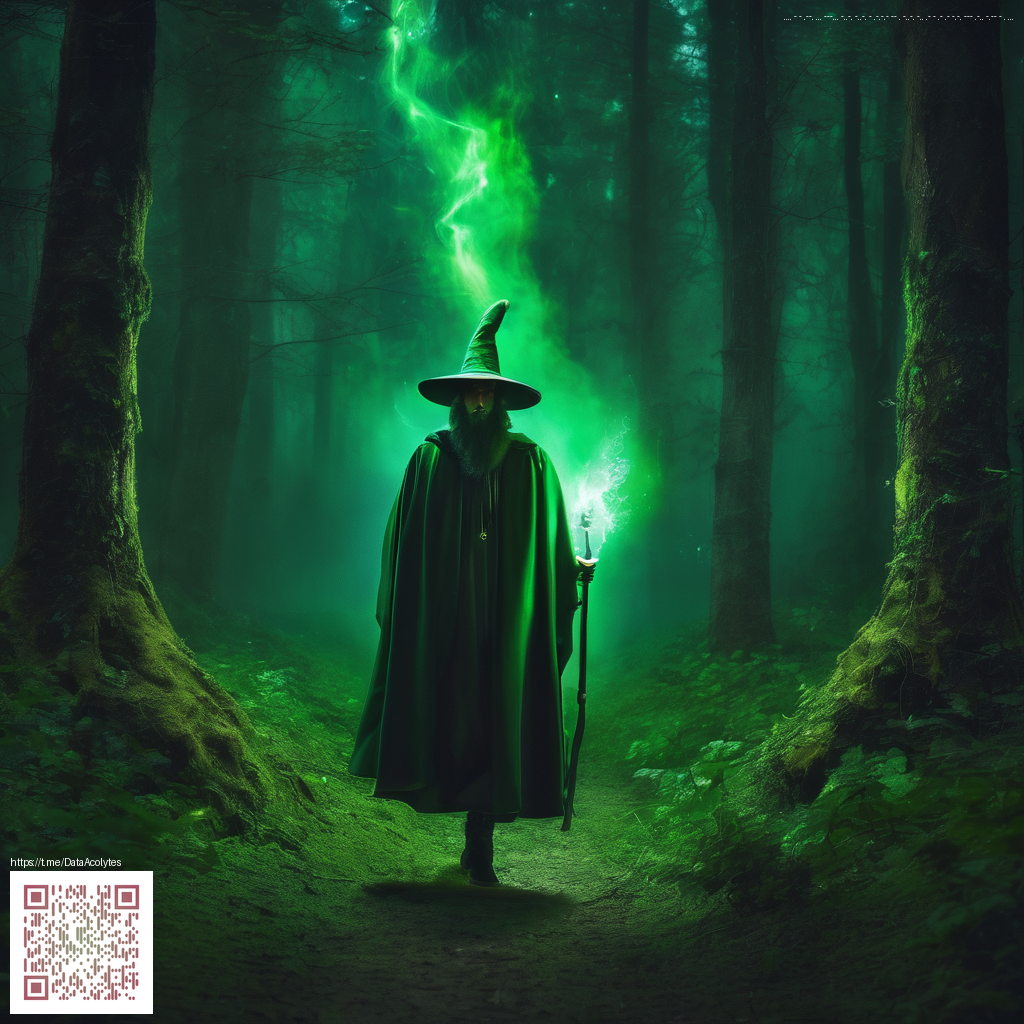
As the design world leans into more tactile, paper-inspired experiences, 2026 is shaping up to bring color choices that feel both serene and energized. Digital paper—whether on e-readers, stylized interfaces, or print-like dashboards—demands a careful balance. The trend is less about shouting with color and more about guiding attention with harmonious hues, subtle contrasts, and textures that evoke a sense of calm. Designers who embrace these shifts will create interfaces and layouts that read as approachable, legible, and refreshingly contemporary.
Palette directions that resonate
Expect a trilogy of color directions to dominate digital paper projects next year:
- Soft washed pastels with a touch of warmth—peach, mint, and lilac—lend a gentle mood that remains readable on low-glare screens.
- Earthy neutrals with a pop of saturated accents—stone, taupe, and sand act as reliable backdrops for content, while a single bold hue (think saffron or teal) punctuates CTAs and focal points.
- Layered textures and subtle metallics—faint speckle textures or brushed metallic overlays add depth without compromising legibility, especially in long-form reading experiences.
“Color on digital paper should invite longer engagement, not fatigue the eye. Think contrast ratios that feel natural and textures that mimic the tactile quality of ink on paper.”
These ideas translate into practical guidelines: prioritize legibility with high-contrast type on lighter backgrounds, use the softer end of spectrum for backgrounds, and reserve brighter tones for interactive elements. In this space, color is a navigator—guiding the reader through content while maintaining a calm, organized rhythm that mirrors the cadence of print.
Texture, accessibility, and context
Texture is not just ornamentation; it’s a tool for accessibility. A faint paper grain or a subtle noise texture can improve perceived readability on devices that simulate traditional media. Designers should test color pairings under varied lighting conditions and ensure that the hues still convey clear hierarchy when converted to grayscale or viewed by users with color-vision differences. The goal is to preserve nuance without sacrificing clarity. In 2026, the most successful digital paper designs will master this balance by pairing restrained color palettes with tactile cues—shadows, layers, and micro-textures that imply depth and structure.
Practical design moves for 2026
Begin by mapping your content to a soft color map that aligns with your brand voice. For instance, a reading app might employ a warm gray backdrop with cloud-cream panels for content blocks, accented by a few carefully chosen colors for headings and links. For packaging and marketing materials, think of color as a way to tell a story across screens and print. The harmony between hue, typography, and white space is what makes the digital paper aesthetic feel intentional rather than incidental.
When planning hardware and accessories to accompany these hues, a clear, slim case can preserve the visual integrity of your device’s color palette. A real-world example is a clear silicone phone case—slim, durable, and open-ported—which serves as a nearly invisible frame for your design work. It allows your device to reflect the palette you’ve crafted, without adding visual clutter. This kind of accessory complements digital-paper aesthetics by maintaining a cohesive, minimalist look across devices.
To broaden your perspective, you might explore complementary insights on design discourse linked from a related piece here: https://horror-articles.zero-static.xyz/473e6605.html. It’s a reminder that color philosophy evolves across platforms and genres, and staying curious helps keep your work fresh.